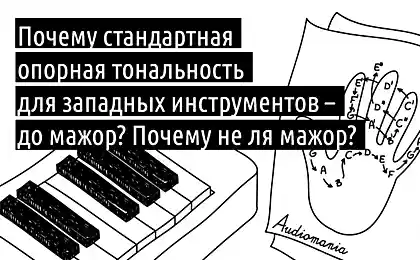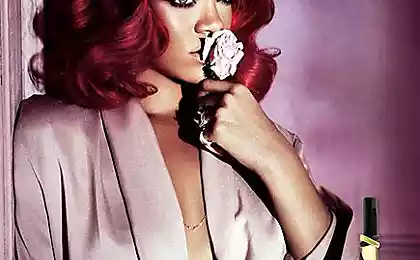2199
Who came up with the names of the seven notes?


The inventor of the world-famous musical notation is considered the monk Guido of Arezzo (Guido d'Arezzo), who lived in 990-1160 AD. Like all beautiful in those days, musical notation was born near Florence, a small town in Tuscany - Arezzo. Florence is a monument to the monk:

Guido was a music teacher and choral church music at various churches, he traveled to Italy, met in Rome with Pope John XIX and worked hard to create a musical literacy, which would be accepted.
One day, trying to come up with an easier way of learning unfamiliar melodies for songs, Guido invented a system based on Solmization acrostic prayer to John the Baptist:
UT queant laxis
REsonare fibris
MIra gestorum
FAmuli tuorum
SOLve polluti
LAbii reatum
Sancte Ioannes
(Translated from the Latin: "To thy servants their voices could sing of your wonderful deeds, cleanse the sin from our profane mouth, oh, Saint John»)

The names of all the notes except the first, ending in a vowel, it is convenient to sing. Syllable ut - indoor and sing it like the other impossible. Therefore, the name of the first note an octave, ut, in the sixteenth century was replaced by do (most likely from the Latin word Dominus - Lord).
A modern interpretation of names of notes looks like:
Do - Dominus - the Lord;
Re - rerum - matter;
Mi - miraculum - a miracle;
Fa - familias rlanetarium - a family of planets, ie solar system;
Sol - solis - Sun;
La - lactea via - the Milky Way;
Si - siderae - heaven.

Thanks to the authority of Guido Latin Letter notation established as common in Western Europe and preserved to the present day.
In addition, Guido owned and great merit in the progress of the written part of musical notation. During his speech, choir, Guido to indicate notes used his left arm, bending the joints of the fingers he pointed out what note taking at one time or another:
--img6--
Later, Guido began to celebrate the sounds of the notes (from the Latin word nota - sign). Notes, shaded squares, placed on the staff, which consists of four parallel lines. Now these five lines, and notes depict a circle, not a square, but the principle introduced by Guido, remained unchanged.
--img7--























